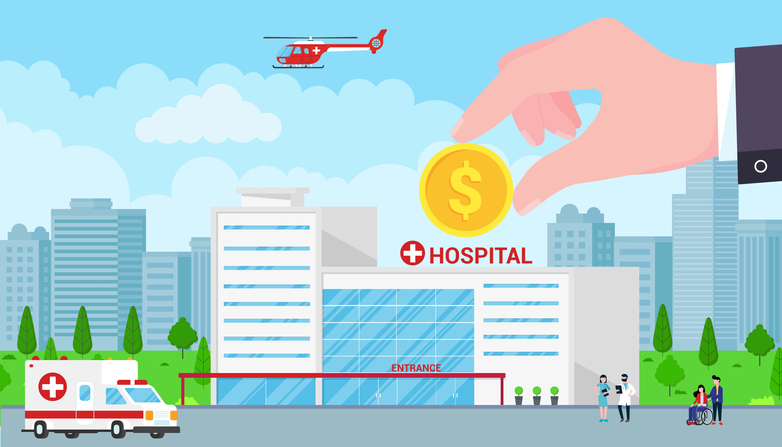
Hospitals began to see some relief last week when the Department of Health and Human Services began distributing $30 billion in emergency funding. But the first round of funds failed to consider hospitals that had been hardest hit by Covid-19, instead distributing the dollars based on Medicare revenue.
This means that hospitals in New York would get just $12,000 per reported Covid-19 case, while hospitals in states with fewer cases, such as Nebraska or Montana, would see $300,000 per reported case, according to Kaiser Health News. New York has been hit particularly hard by the virus, with more than 9,500 reported deaths from Covid-19 as of Wednesday.
Centers for Medicare and Medicaid Services Administrator Seema Verma said the next tranche of funding would include funds allocated specifically for providers in Covid-19 hotspots. It would also address practices that are suffering financially from cancelled elective surgeries.
“We know that providers are dealing with issues on both ends. You have providers like the ones in New York that have a significant impact from increased expenditures. They’re having to buy more PPE, or having to set up alternative care facilities,” Verma said in a press call on Wednesday. “On the other end of the spectrum, we’ve asked providers to make sure they’re not performing elective surgeries. … In the next tranche, we’re trying to address all of that.”
As with the first tranche, the funds will be pulled from the $100 billion set aside by Congress for healthcare providers as part of the CARES Act. Verma said that a specific portion of the funds in the next tranche would be set aside for providers in hotspots. She didn’t disclose how much that would entail, but said to expect more detail by the end of the week.
With the initial $30 billion, Verma said, the focus was on getting the money out quickly.
“Using Medicare reimbursement was the fastest way because we have that data,” she said. “Now, we’re looking at the second tranche to have greater specificity.”
A portion of the $100 billion will also be used to cover the cost of care for uninsured patients, but Verma didn’t specify how much. While people who are newly uninsured after losing a job will have the opportunity to enroll in marketplace plans through Healthcare.gov, the administration has not opened a special enrollment period for those who were already uninsured.
Instead, the government will reimburse providers who treat uninsured patients for Covid-19, HHS Secretary Alex Azar announced in early April. Verma said providers would be able to submit claims to the federal government and be reimbursed at Medicare rates. There are still a lot of outstanding questions on what that process would look like for hospitals and how much funding would be needed to cover the cost of the claims.
“We’re working through some of those calculations,” Verma said. “Our focus is on making sure Americans are not worried about their healthcare costs for the coronavirus.”
Photo credit: Mironov Konstantin, Getty Images















